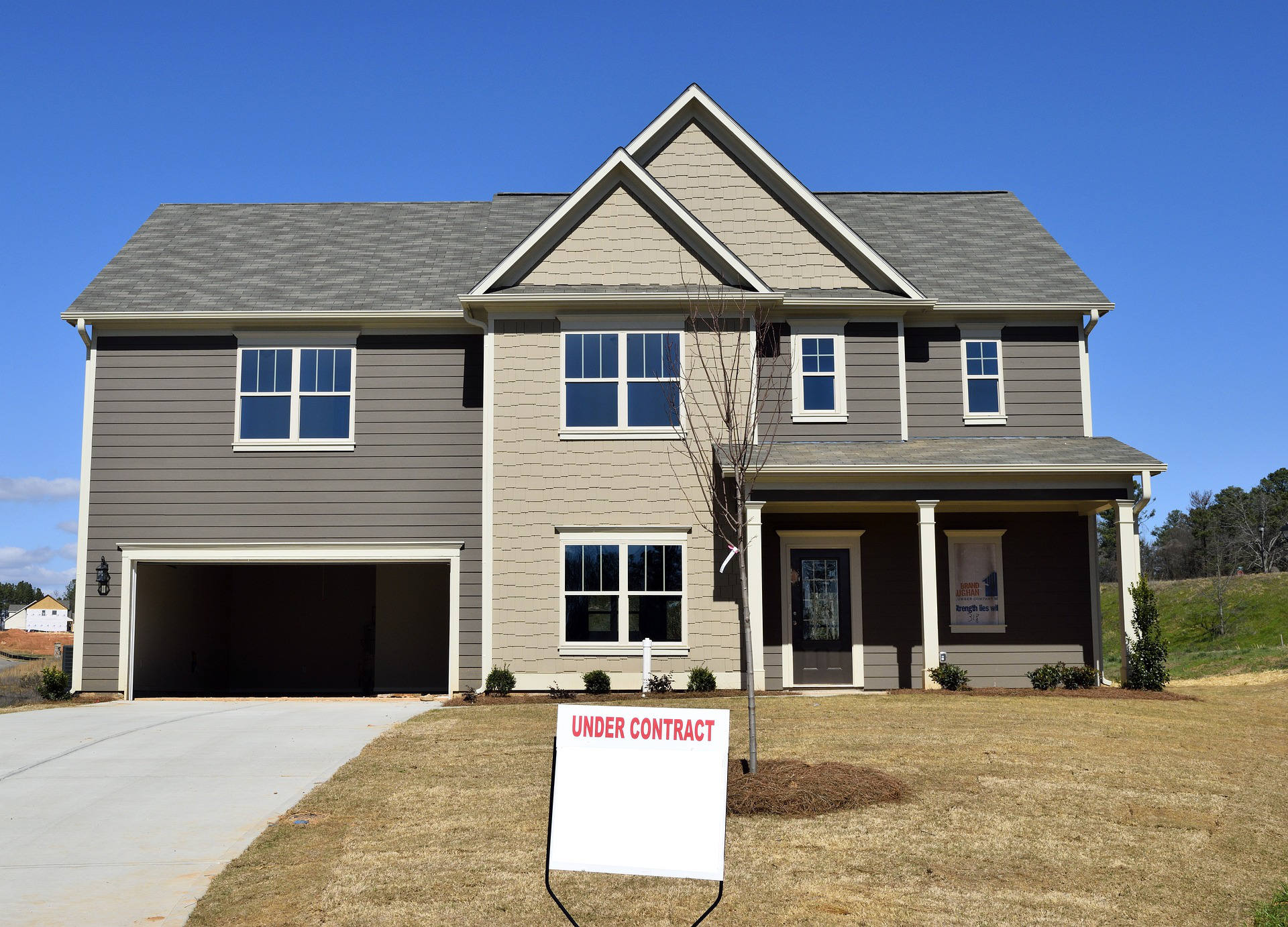Radon gas is a term you may have encountered before, especially in discussions about home safety and health risks. If not, now is the perfect time to learn about this invisible danger lurking in your home. Understanding radon, where it comes from, and which houses are most at risk is essential for protecting your family’s health.
What Is Radon Gas?
Radon gas is a radioactive, odorless, tasteless, and invisible gas that poses serious health risks. Because radon is undetectable by human senses, specialized tests are necessary to identify its presence in your home.
Where Does Radon Come From?
Radon originates from the natural breakdown of uranium in soil, rock, and water. As uranium decays, radon gas is released and can travel freely through the ground. While trace amounts of uranium exist in soil worldwide, some regions have higher concentrations, increasing the likelihood of radon issues.
Outdoors, radon disperses quickly and typically poses no threat. However, when it accumulates under a home’s foundation or slab, it can seep into living spaces through cracks, gaps, or other openings. Over time, this buildup becomes hazardous as radon decays into radioactive particles known as radon progeny. When inhaled, these particles can damage lung tissue, increasing the risk of cancer.
How Radon Enters Homes
Radon gas moves through air pockets in the soil and enters homes through various pathways, including:
- Cracks in foundations or walls
- Openings around pipes and utility lines
- Gaps between floors and foundation walls
- Sumps and drains
The type of soil and rock beneath your home significantly impacts the likelihood of radon entering your space. Loose, porous soils provide easier pathways for radon to travel, making some locations more prone to high radon levels.
Which Houses Are Most at Risk for Radon?
Radon doesn’t discriminate—it can infiltrate any home, regardless of style, age, or construction type. Whether you own a modern ranch, a Victorian mansion, or a compact bungalow, your home’s susceptibility to radon largely depends on the geological conditions beneath it.
Key factors influencing radon risk include:
- The presence of uranium-rich soil and rock beneath the property
- The construction method and foundation type of the home
- The presence of cracks or openings in the home’s structure
New or old, large or small, well-insulated or drafty—every home should be tested for radon to ensure safety.
Testing for Radon: A Crucial Step
To determine whether your home has elevated radon levels, testing is essential. Since radon is undetectable without specialized equipment, hiring a licensed professional is the best action. They will place a testing device in the lowest level of your home for a minimum of 48 hours to monitor radon levels.
Modern testing equipment, such as a Radon Continuous Monitoring Device, provides hourly readings, allowing you to see fluctuations in radon levels. Outcomes are usually evaluated in picocuries per liter (pCi/L). If your home’s average radon level is 4.0 pCi/L or higher, the Environmental Protection Agency (EPA) recommends immediate action.
Radon Mitigation Systems: Protecting Your Home
When high radon levels are detected, a radon mitigation system can effectively reduce exposure. These systems typically involve venting radon from beneath the foundation to the outdoors using fans and pipes. A licensed radon mitigation specialist will assess your home and determine the best system placement to achieve optimal results.
Installing a radon mitigation system protects your health and adds value to your home by addressing a critical safety concern.
Take Action to Safeguard Your Family
Don’t assume your home is safe from radon based on age, size, or construction type. Testing is the only way to confirm your home’s radon levels and take steps to mitigate risks if needed. By understanding where radon comes from and how it affects homes, you can make informed decisions to protect your family’s health and well-being.
Regarding radon, knowledge, and action are your best defenses. Ensure your home is tested, and if necessary, invest in a radon mitigation system to create a safer environment for your loved ones.





